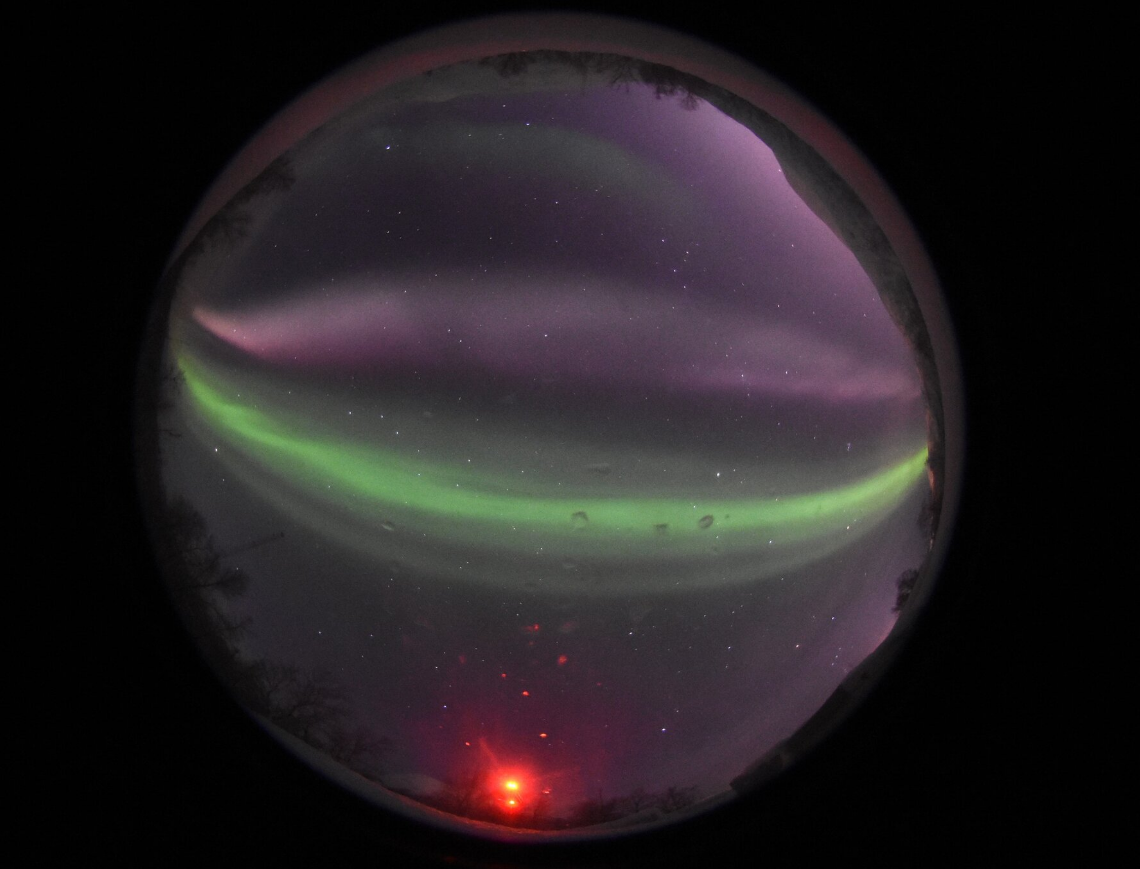News
Photographer captures a rare STEVE-like phenomenon: what it is
Three European Space Agency (ESA) Swarm satellites have detected plasma high in the upper layers of the Earth's magnetic field that is illuminating the polar sky with an unearthly purple glow, an atmospheric phenomenon known as STEVE. The twin of the unusual phenomenon could be seen at dawn.
Photographer Gabriel Hofstra spotted the streak of purple light in 2021. Images were taken with a digital panoramic camera at the Ramfjordmoen research station in Norway. The Swarm satellites, which study the Earth's magnetic field and its interaction with the electrically charged solar wind, confirmed that the man had found what astrophysicists call a STEVE-like phenomenon. A new study by the University of Telecommunications in Japan, the Swedish Institute of Space Physics, the Arctic University of Norway, and photographer Gabriel Hofstra from Tromsø showed the relevant results, ESA reports.
The team has developed a program that collects images of the aurora borealis over the Arctic from a digital camera to view the entire sky at the research station. While looking through the data archives, Gabriel Hofstra came across something special, similar to STEVE, in an image from December 28, 2021. Significant differences were found compared to STEVE.
The 1000 km long arc appeared after midnight, i.e. at dawn. It was located to the north of the green aurora, which was also visible. None of the three Swarm satellites flew directly through the arc at the same time and place. Two of the satellites' electric field instruments were able to measure conditions in the violet region before, during and after the event. The data showed signs of an eastward flow of ions in the violet region.
What is STEVE?
In late 2016, astronomers saw a ribbon of pale purple light in the night sky over Alberta, Canada. Experts realized that this was not a normal part of the Northern Lights as such phenomena are usually green and sometimes red. Their ephemeral discovery was so puzzling that it attracted the attention of researchers studying how the Earth's magnetic field interacts with the electrically charged solar wind. They gave the strange light a name that is appropriately shrouded in mystery and intrigue: STEVE.
The aurora borealis is caused by a stream of extremely hot, electrically charged gas (or plasma) flowing rapidly through the upper reaches of the Earth's magnetic field. It is a bit different from the others because it is caused by a gas made up of electrically charged atoms, not just tiny subatomic particles. Because of its different composition, it falls on different magnetic field lines than the electrons that cause the usual aurorae. This is why STEVE can be seen at lower latitudes. Unlike the regular aurora, which can last several hours, STEVE appears and disappears much faster.
Only verified information is available on our Telegram channel OBOZ.UA and Viber. Do not fall for fakes!





























